Draw anything you imagine (Without AI)
Successfully achieving any illustration regardless of inspiration
DISCLAIMER: The following method is not intended to teach someone how to draw (sorry, folks, that’s a topic for another post). It is aimed at artists, amateur or not, who struggle—to the point of madness—to materialize what they imagine into an actual illustration.
My dear reader, you like drawing, but you have a problem: Some days you make a nice drawing just as you imagine it, but many others, you cannot make anything —or what you end up doing sucks.
For years (more than a decade), I had this problem too —actually, it felt more like a CURSE— to the point of delaying my artist’s career and my confidence as a creative person. But FEAR NO MORE, not so long ago, I had an epiphany moment and, based on all the experiences and things I learned, I came up with a method that freed me from this curse forever. This is not the useless cliche advice of “draw every day” or “practice, practice and practice.“ Stay with me and I’ll show you.
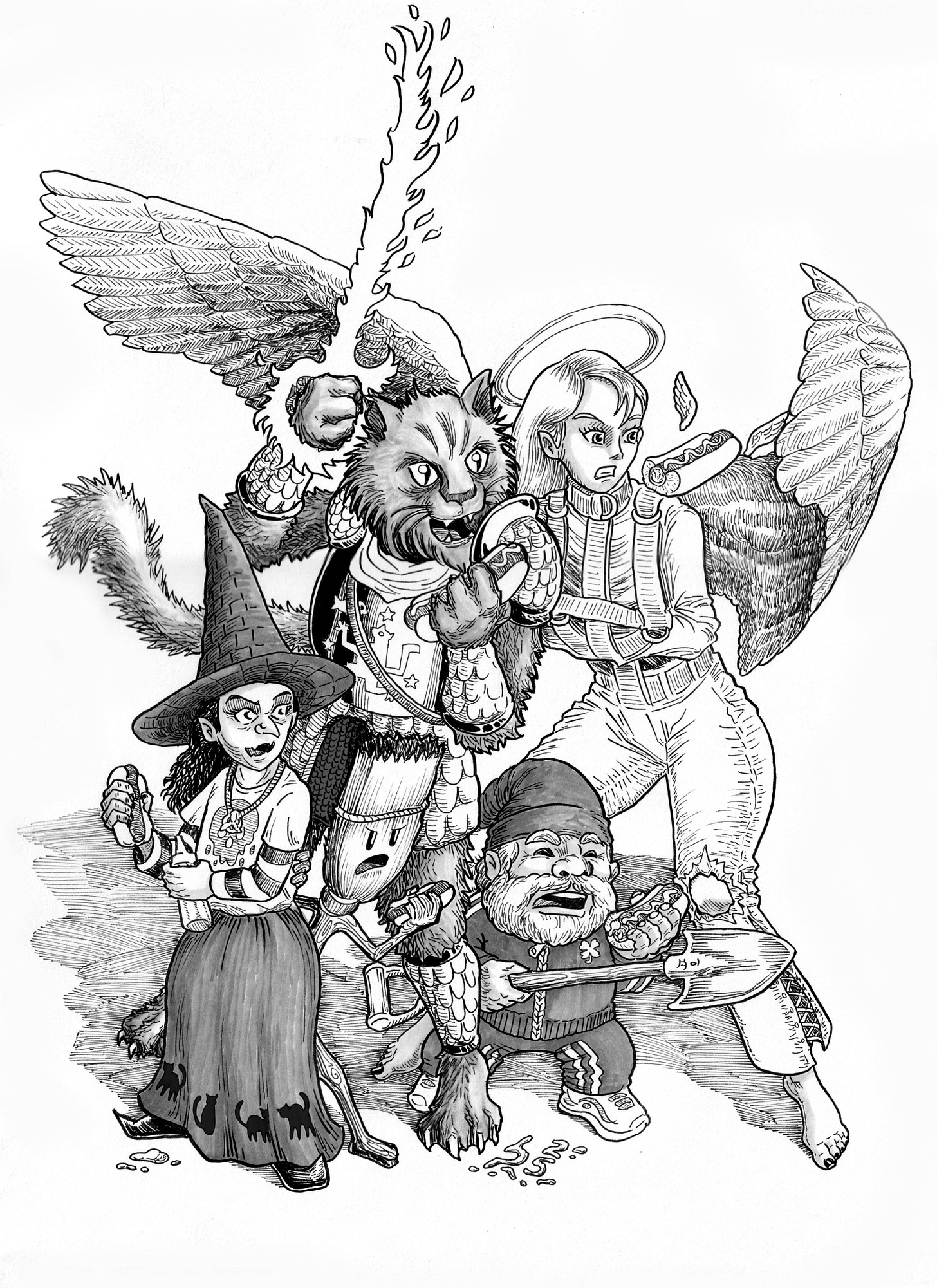
Repetition is your best friend.
When I was younger, I hated repeating a drawing because it felt like I had failed. This is the first bias you need to destroy into smithereens. Not everyone can be Kim Jung Gi, who used to draw perfectly on the first try as if he were a printer. RIP, master. Honestly, I think I wouldn’t like to be like him, even if I could. Yes, I love my process this much.
I took a concept art course in 2015, and one of the main things I learned there is that it shouldn’t be expected to make a successful piece of art on the first try. Why? Because it lacks the enrichment of compounding and progression that only repetition can provide. During this course, it was expected that you didn’t submit a first version of your work, and if you did, the instructors could tell on the spot. So, the main idea is that after you sketch a character or scene, you will have things that worked and things that didn’t. In the next iteration, you will keep what worked and correct what did not. Again, all sounds too basic, but most of the self-taught artists do not do this.
Cheat, cheat, cheat (well, not really)
There are some real honor codes between artists, like never plagiarizing (you know, blatantly stealing is a bad thing), but there are also some fake codes, like never tracing your own line art. Now, bear with me while my blood boils because I need to tell you this very loud so it sinks in: TRACE YOUR OWN LINE ART! Do you want to know why? Well, my friend, I am sorry if this surprises you, but IF YOU TRACE YOUR OWN LINE ART, IT IS STILL YOUR LINE ART! Pretty crazy, right? I know, I know, let me catch some fresh air so my brain cells can cool off a bit.
The Method
So, what is my method about? Even though it involves all the factors I mentioned above and many others I haven’t mentioned yet, in a nutshell, it is this:
Explore in small sketches —repeat if needed—, fix and add details in a medium sketch —repeat if needed—, and do the final art in a large one —repeat if needed.
EXPLORE. Make small sketches of what you want to draw (thumbnail size). Do as many as you need until you find what works best; after all, you can do each in less than five minutes without pulling your hair.
FIX AND ADD. Once you pick the small sketch that works, scale it up, trace it (Yes, trace it!), and start correcting and adding the first details. Here, you should correct proportions and perspectives and add the first details without worrying about polishing them. If, after doing corrections and adding details, you notice that this is not what you want, you can go ahead and pick another thumbnail sketch or explore further. Yes, you are allowed to do that.
POLISH. After you finish your working sketch, scale it up once more (only if needed), trace it, and start your final line art. You can still make some final decisions by removing or adding stuff, but now you won’t have to worry about proportions, compositions, or perspectives—all that is taken care of in the previous phases. If something goes wrong in the polishing, discard and trace it again—yes, you are allowed to do that too.
BENEFITS OF PHASE 1
Phase 1 is probably my favorite. It is the least glamorous, but it holds the foundation for all the others.
The big picture effect
When you draw small things, you can control everything in a very short period of time at the lowest cost possible. You need a building, you can doodle a rectangle and there’s the building, you wanna do a crowd, you do a lot of ovals and there you have your crowd, I think you get what I am saying. The best part is that you can do this even when you’re not inspired, and once you have it, you’re all set.
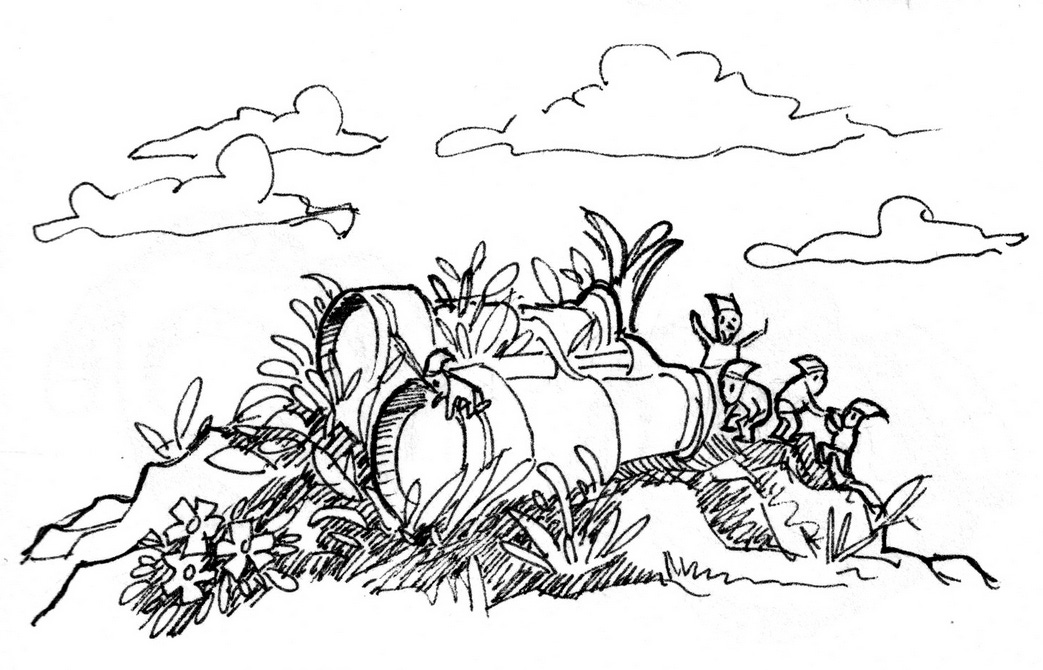
Keeping spontaneity
This is one of the coolest things I learned and I probably wouldn’t have noticed if my instructor hadn’t told me. Sometimes, your initial small sketches will have an instinctive spontaneous grace that cannot be repeated, for that, you need to trace it so you can keep it, because it might not return. This sponteanous stroke will handle better the negative space and the overall vision of what you seek, and the smallest the sketch, the better.
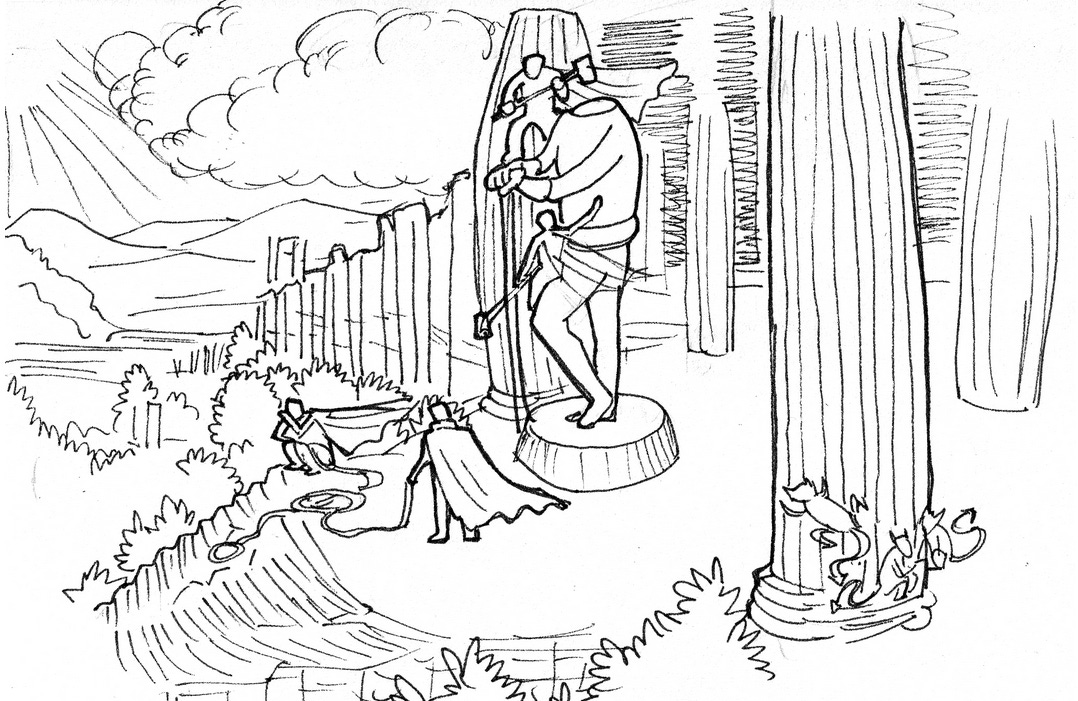
THE PERKS OF PHASES 2 AND 3
Compound effect
Call it evolution, but there’s something that compounds when you repeat something or build over the foundations of a previous work; things start to evolve. Specifically, you’ll see something that didn’t work before, so you fix it in the next iteration; you see something that worked, and you keep it. Anyone can understand this.
Below, you can see the evolution of a character design for the 2022 Inktober challenge. Details on the props, textures, and even the pose were being perfected as the design reached its final form, in shape and tone, on the far right. Nowadays, thanks to this method, I don’t need to repeat the final iteration as much as this, but I am glad I did.

Drawing from reference & drawing from imagination
Another fake honor code worth mentioning that happens from Phase 2 and 3 is the following: Never draw from reference, OR, never draw from imagination (you’ll find fanatics of each side). They seem like opposites, but they share the same level of stupidity, so I categorize them under one single error. My advice to you is: DO WHATEVER YOU NEED TO DO. Sometimes, drawing from your imagination is what you need, especially for basic compositions or initial shapes, because you are creating something as you see it in your mind, after all. Then, you’ll often need references to draw certain things. For example, if you want to put some jet turbines on a broom-shaped witch’s vehicle, well, surprise, surprise, you might need to go ahead and check what actual jet turbines look like!
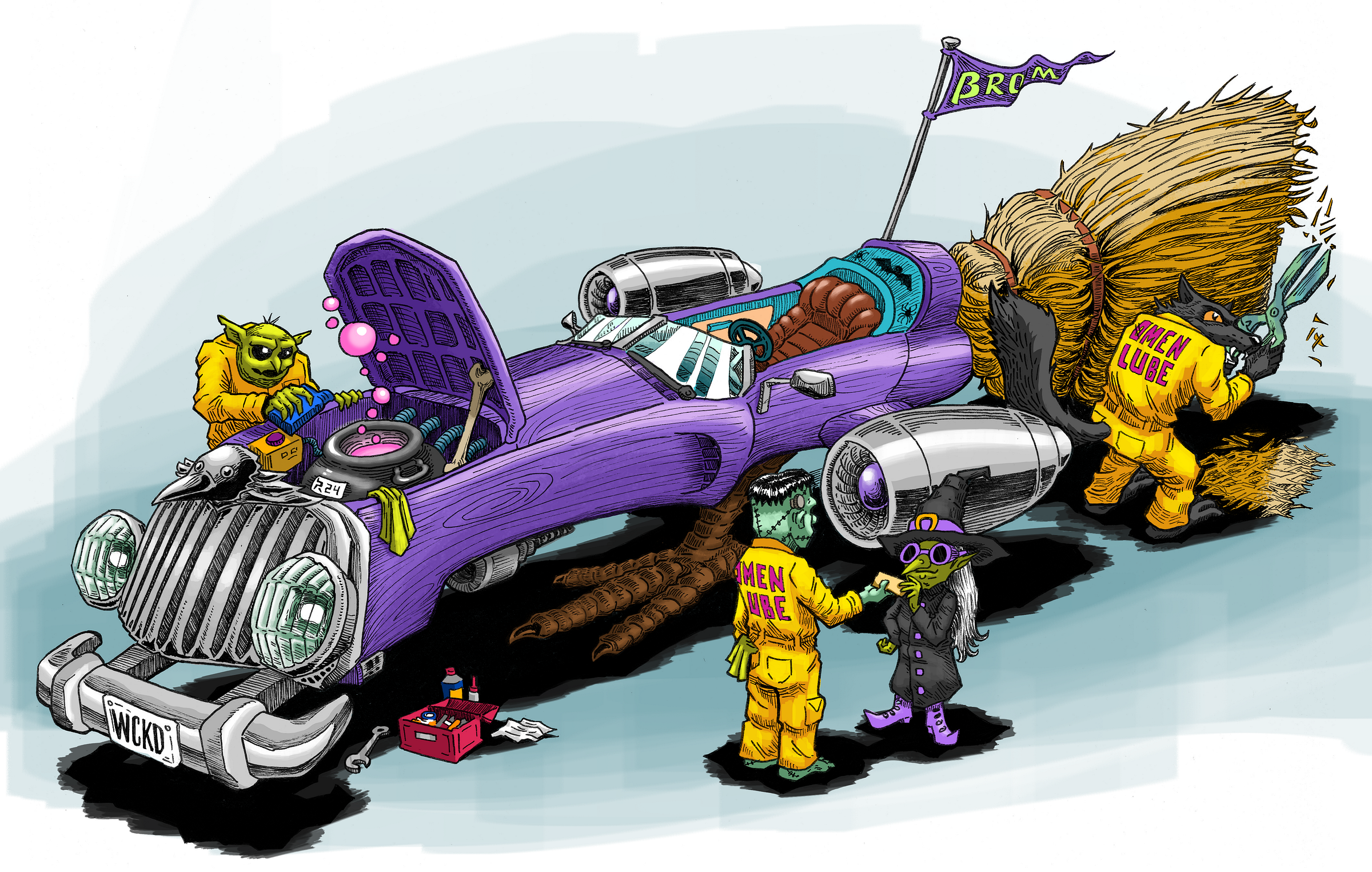
About AI
If you were wondering when I would talk about AI, well, there’s not much to say except the following:
AI images have only replaced utilitarian art, like concept art, though not all conceptual art made by humans is merely utilitarian. AI images are.
Nobody takes AI images seriously as Art today; they won’t do it tomorrow.
If someone uses it to get inspired or trace it, the final illustration is kinda not theirs.
The AI images done today are only possible because the models stole real Art from real people. So, technically speaking, it is not theirs.
If people use it and wanna say it’s theirs, sorry, but they didn’t do it. Writing prompts is not drawing.
Do you wanna draw something from your imagination, grounded in actual references and with your own style? Try the method explained above.
If you like my art and find my posts helpful for your creative work, consider giving a like, comment, or subscribe.



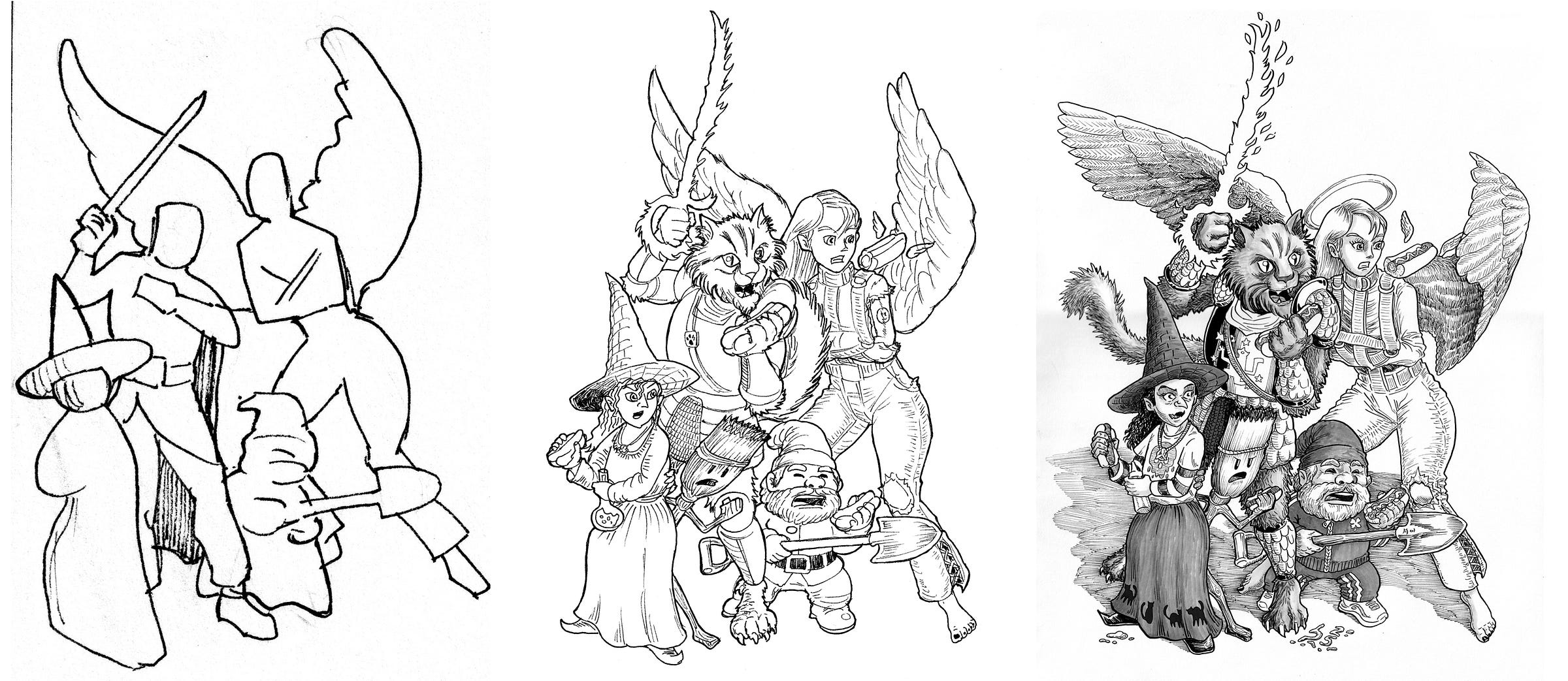

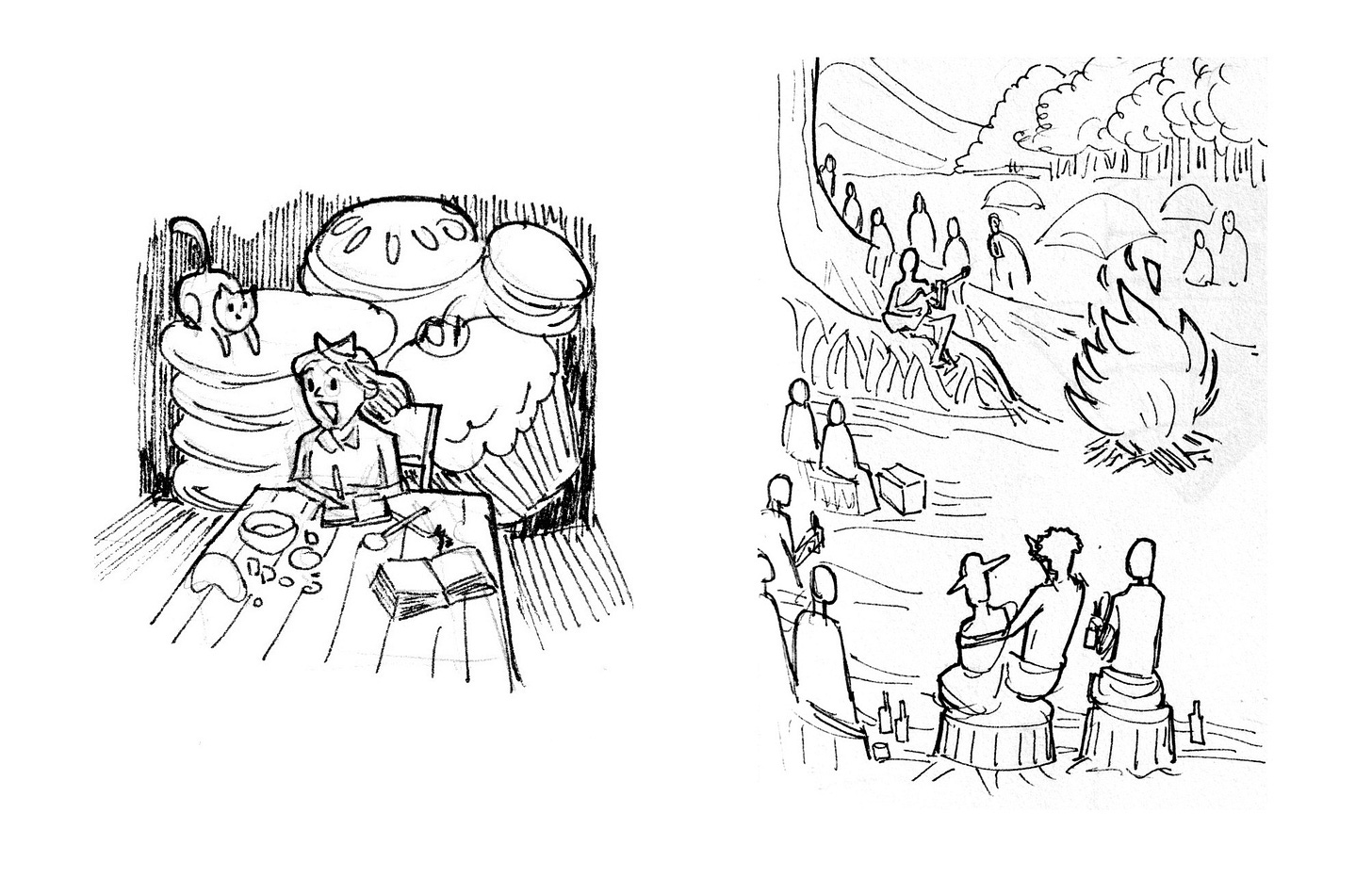
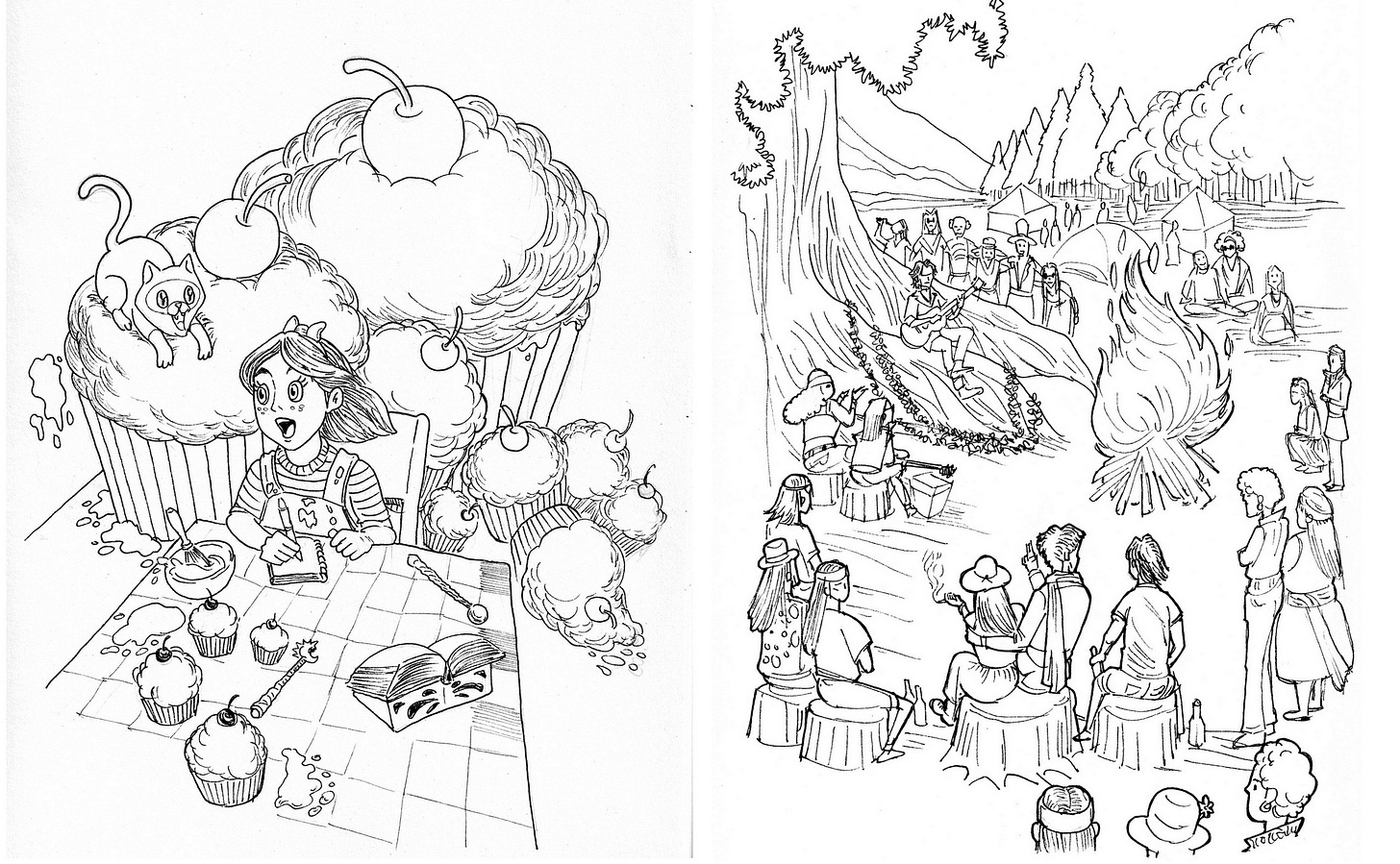
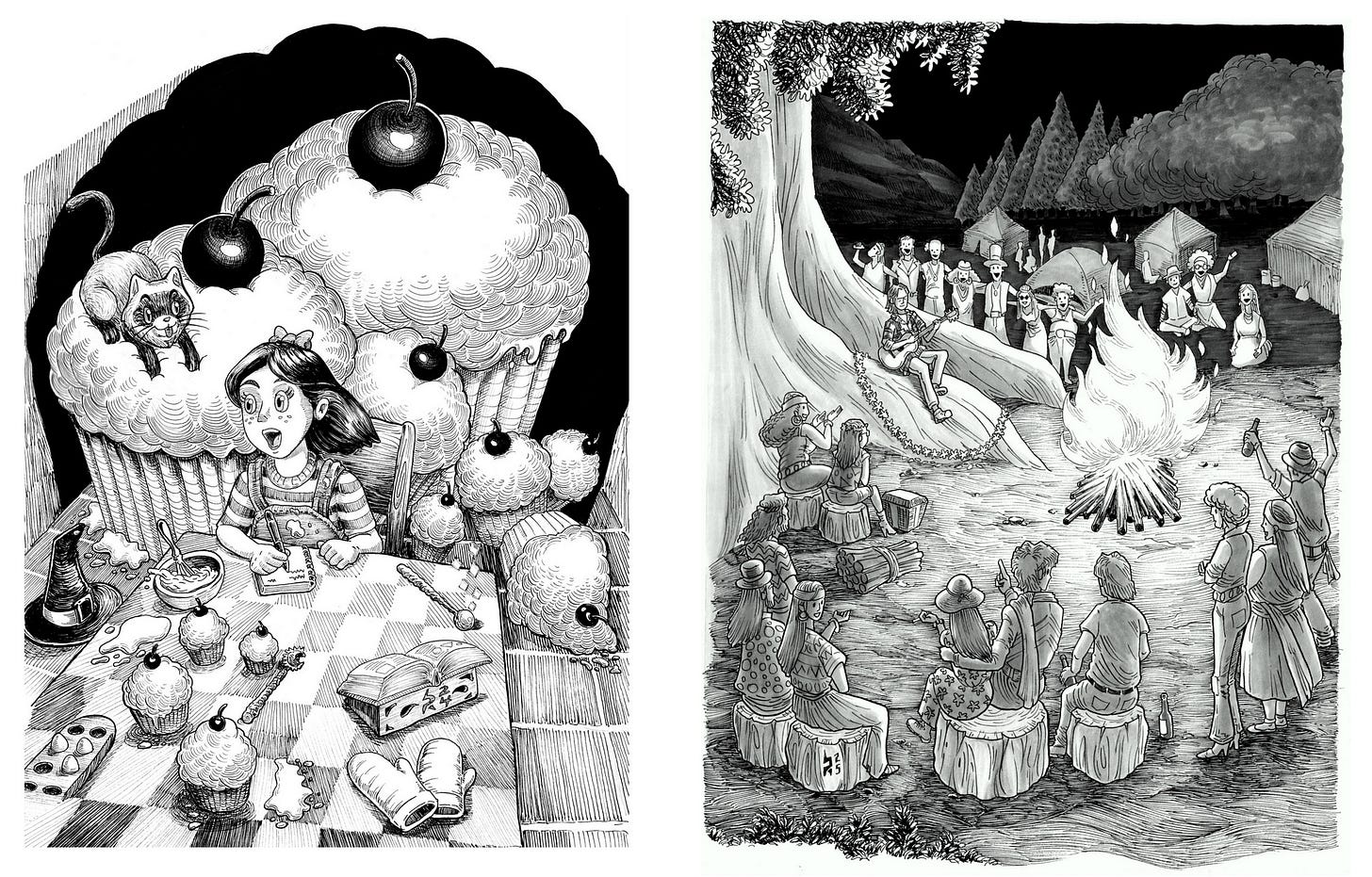
This is amazing, Luis. Such a generous post! My time to sit down and try my hand at drawing hasn't come yet, but I can feel it approaching, coming closer with each child that leaves home.